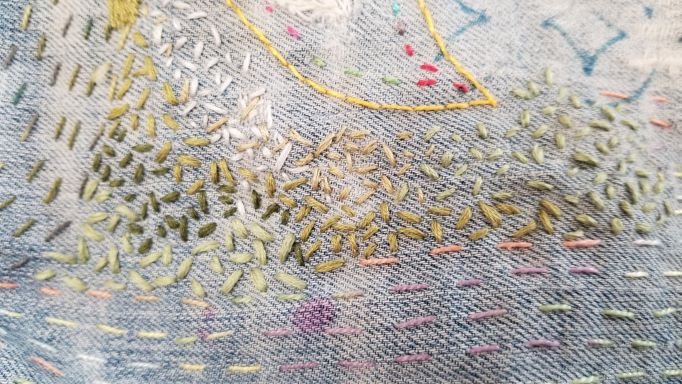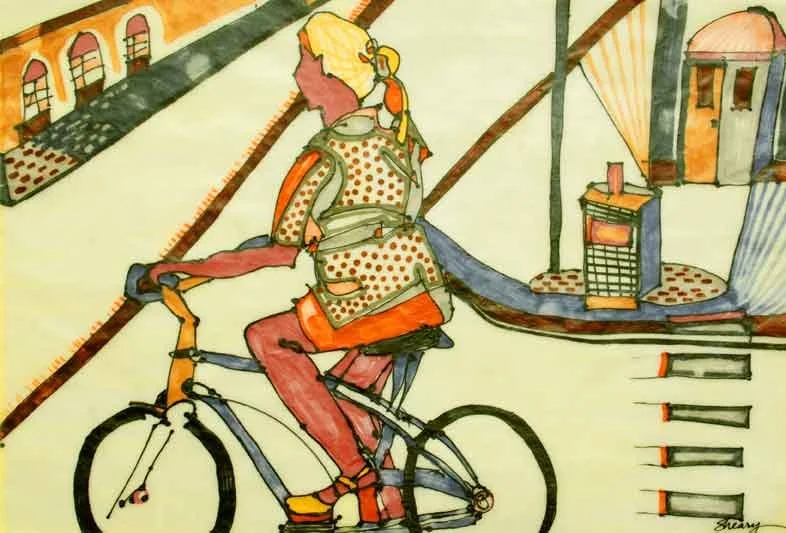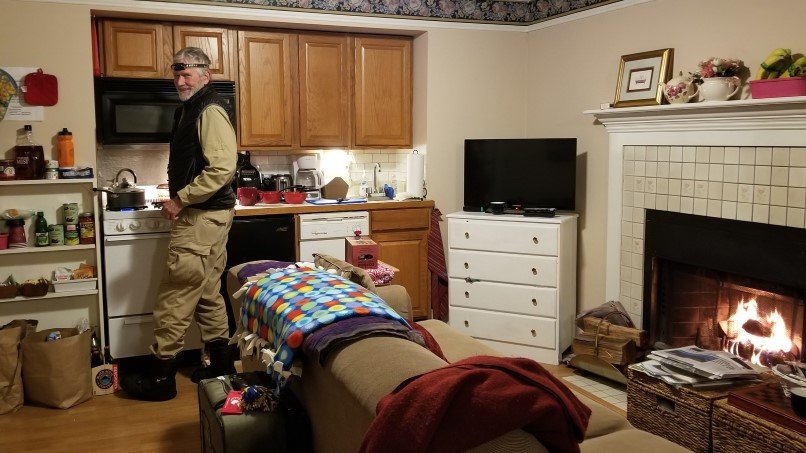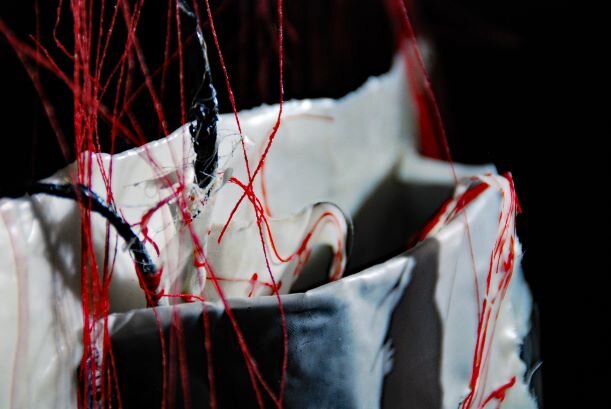Reinventing an art career after 30 years of promoting myself with the tag line “encaustic artist and educator.”
The materials a visual artist uses are not just tools; they are pathways to expression, creativity, and connection with the world around them. For almost 30 years, my primary medium has been the beeswax based paint, encaustic. The material's versatility, luminosity, painterly and sculptural qualities gobsmacked me from the first moment I encountered it in 1995.
Yet, after my solo exhibition, “The Clothes We Wear,” at the top of my game, both as an artist and educator, I gave myself a year sabbatical from any further show or teaching commitments. I wanted time to consider how exploring other mediums might enhance my art practice. In 2023, I gave myself another year. But I did not stop making. Ever. I enrolled in new-to-me technique workshops with an intention of focusing primarily on sustainable materials.
Much of the time passed in simple ways of being: savoring the slowness of hand stitching, long walks, looking closely. A focus on place, honoring the respect and value I hold for the microcosms of nature. And noticing an intense interest and reverence for trees, specifically since returning to live in my native Pacific Northwest.
An almost daily wander through the forests of Dorris Ranch, along the Willamette River near my home in Springfield, Oregon.
And through all the explorations and frustrations of once again becoming an “emerging” artist, I've been in a state of quiet puzzlement as to what this interest is leading to conceptually. What am I wanting to say with the new art techniques and materials I'm pursuing?
One particular interest that has emerged during this period of exploration is that of making my own handmade paint using natural earth pigments, applied to reclaimed linen fabric that can be hung, stretched, folded, and stitched. Unlike synthetic pigments that have ecological impacts, natural earth pigments are derived sustainably from rocks and soil. I can even source the pigments locally, all by myself.
Locally sourced brown and red clays. Step one for handmade paint from natural earth pigments.
I also really like the fact that working with earth pigments places my work within a profound historical and cultural context. Natural earth pigments are minerals finely ground into powder form, sourced directly from the earth. By using these pigments, I'm connecting with traditions that span cultures and epochs, tapping into an artistic heritage of materials that have been used for millennia by civilizations across the globe, from the ochres of ancient Australian Aboriginal art to the vibrant azurite blues of Egyptian tomb paintings.
“Beyond the Fray,” Natural Earth Pigments on Linen, 30 x 24. One of my new paintings delivered to the Attic Gallery.
People know me as a traveler. Often, my partner and fellow artist, Nard Claar, and I are told “we live vicariously through your travel blogs and posts.” But as I wander amidst the mire of living in a body that has successfully aged to 72, I realize that this newish interest in focusing on locality is reflective of a leaning in to being less mobile, more like the rootedness of plants and trees.
What I've come to so far is the sense that back here in Oregon, near family, dealing emotionally with the passing of my mother and the subsequent familial obligations of sorting through her 90 year accumulation of earthly belongings, perhaps the discussion I'm having with my work involves a search for the right manner and means to effectively explore my personal cultural heritage, as it relates to place, and yes, to my own mortality.
Sign on my Studio Wall!
In the meantime, as the sign hanging in my studio reminds me, I'm just having fun creating things I want to exist. And for now, that's enough.





































